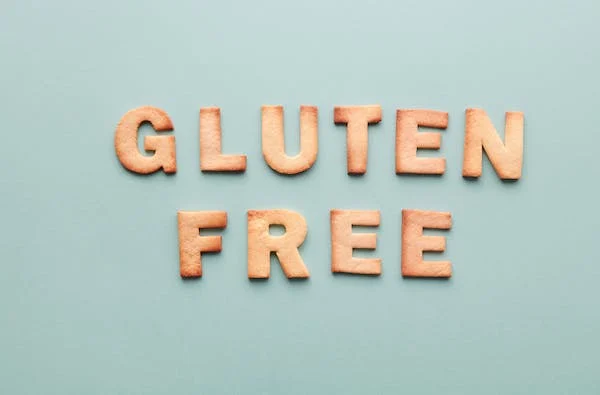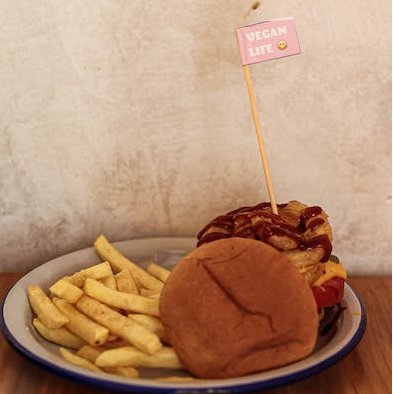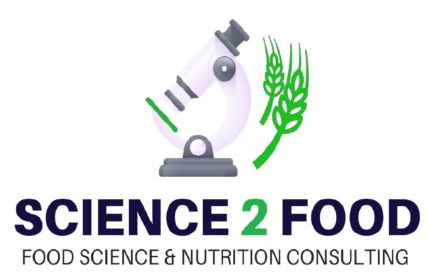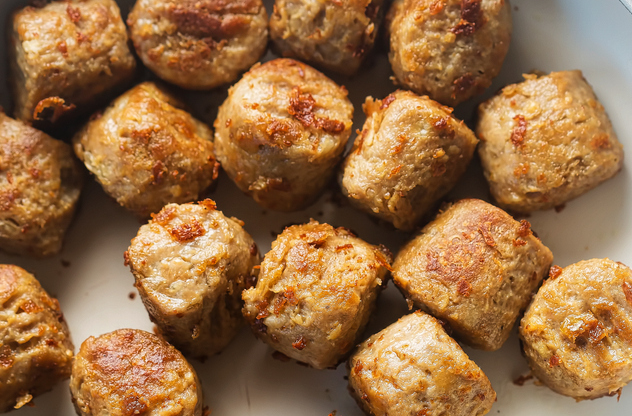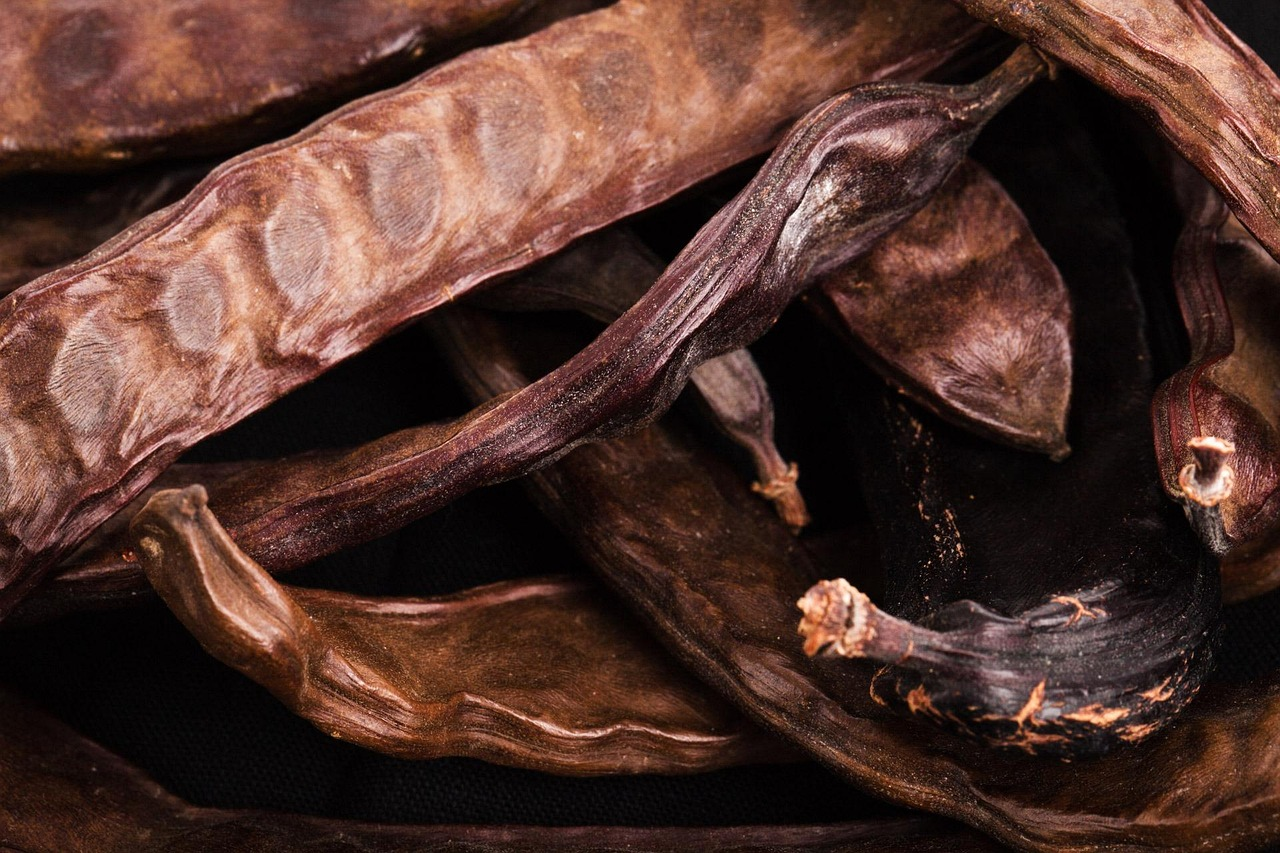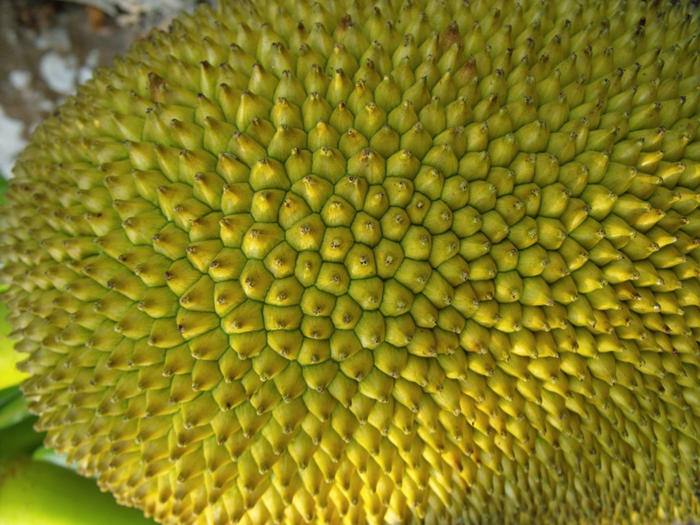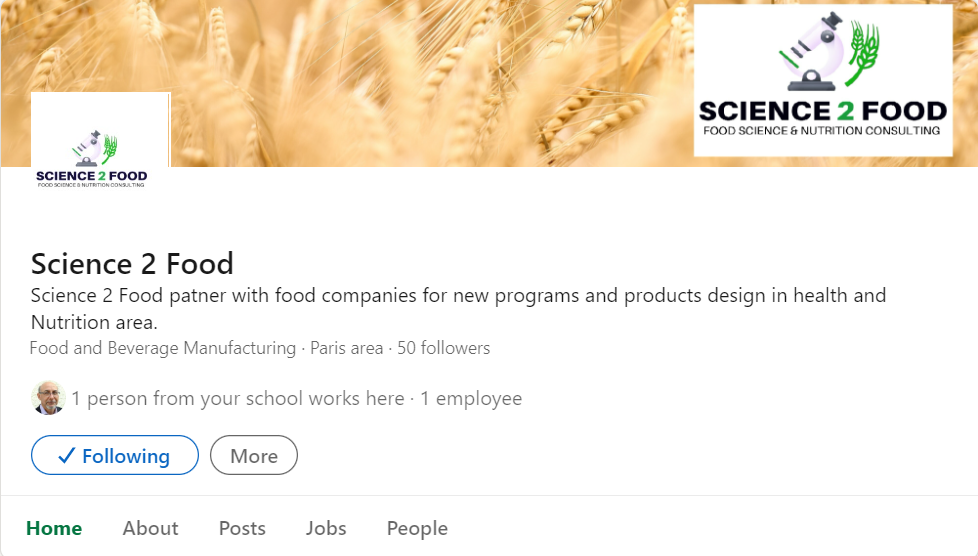Vegan, gluten-Free/Clean labelling :paradox
Consumers are more and more sensitive to natural aspect of the foods they buy. For instance, 77% of French people want to be aware about origin and content of products. Consumers want more natural and healthy products (according to the Health & Nutrition INPES Barometer). This explains the strong Clean Labelled products market growth in the past years. In a nutshell, clean labelling mean:
- Reducing allergens and additives
- Lowering the number of ingredients used
- Replace artificial ingredients by natural components.
- Use clear and consumer friendly wording on the pack to reinsure consumer.
Many natural solutions are available for chemical and synthetic compounds replacement in recipes. This is one of science 2 Food competencies already applied in project for several partners. Few suppliers offer special ranges of ingredients to help clean labelled products development.
However, as it often happens in food sector, new trends lead to Industrial products with more ingredients. This comes against clean labelling parallel trend. That was the reality for “no sugar”, “low sugar”, “Low Fat”, Low Saturated Fat” claims. This is now very clear for “No meat” or “Gluten free” products.
Sophie de Reynal (Nutrimarketing), in one of her presentations, shows clearly that a basic beef steak has only one ingredient (beef), when a vegetarian substitute made with soy and wheat proposed by a well-established meat brand, count 25 ingredients. Those ingredients are used to try to match mouth melting, texture, taste of a classical beef steak.
Gluten free products ingredients lists show the same phenomenon. For instance, sandwich bread recipe is quite simple in a local bakery. For classical sandwich bread, only 6 ingredients are needed (Wheat Flour, sugar, milk, eggs, butter, and yeast). This bread as a very short shelf-life (few days).
An industrial sandwich bread has the double number of ingredients including acidifiers, preservatives, and antioxidants to ensure a few weeks stability after purchasing, at home.
Finally, a Gluten free Sandwich Bread request more than 20 ingredients. Wheat flour and gluten must be replaced by Tapioca, Corn (Maize), potato starch and gums, thickeners, emulsifiers, and flavors are needed to keep softness and aspect of classical sandwich bread.
Fortunately, today, food manufactures and particularly start-ups, working on these topics (gluten free, lactose free, vegan, vegetarian) try all means to avoid falling in this trap.
They include in their initial product design the processes and ingredients allowing to preserve simple and natural recipes.
We can really feel, since last year, the real willingness to do all at the same time when matching consumer needs (vegan, gluten-free) without endless ingredients lists.
